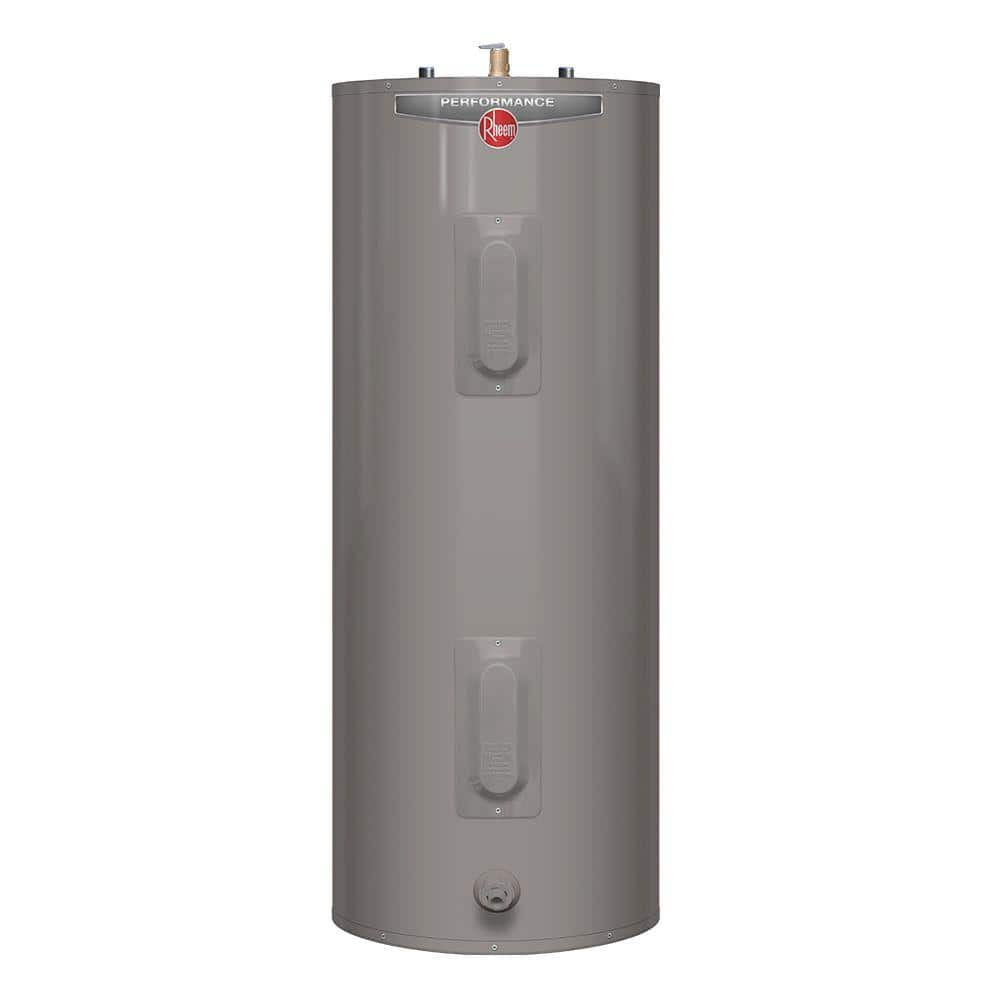duncanshannon
New Member
- Joined
- Oct 11, 2020
- Messages
- 2
Hi-
I'm contemplating radiant floor heating for a yurt I'm about to build. I love the idea of DIY solar water heating...and I have two main questions to get started.
1) how can I determine the feasibility of such a thing in Colorado winters? Lots of sunshine, temps rarely below -5 F. But I don't know how to calculate / size to see if it's reasonable.
2) are there good DIY friendly / lower cost water storage tanks? Got a quote for a 50 gallon and it was $1400
Thanks in advance...sorry if these are FAQ. The solar water forum is pretty small and I did review it!
I'm contemplating radiant floor heating for a yurt I'm about to build. I love the idea of DIY solar water heating...and I have two main questions to get started.
1) how can I determine the feasibility of such a thing in Colorado winters? Lots of sunshine, temps rarely below -5 F. But I don't know how to calculate / size to see if it's reasonable.
2) are there good DIY friendly / lower cost water storage tanks? Got a quote for a 50 gallon and it was $1400
Thanks in advance...sorry if these are FAQ. The solar water forum is pretty small and I did review it!




